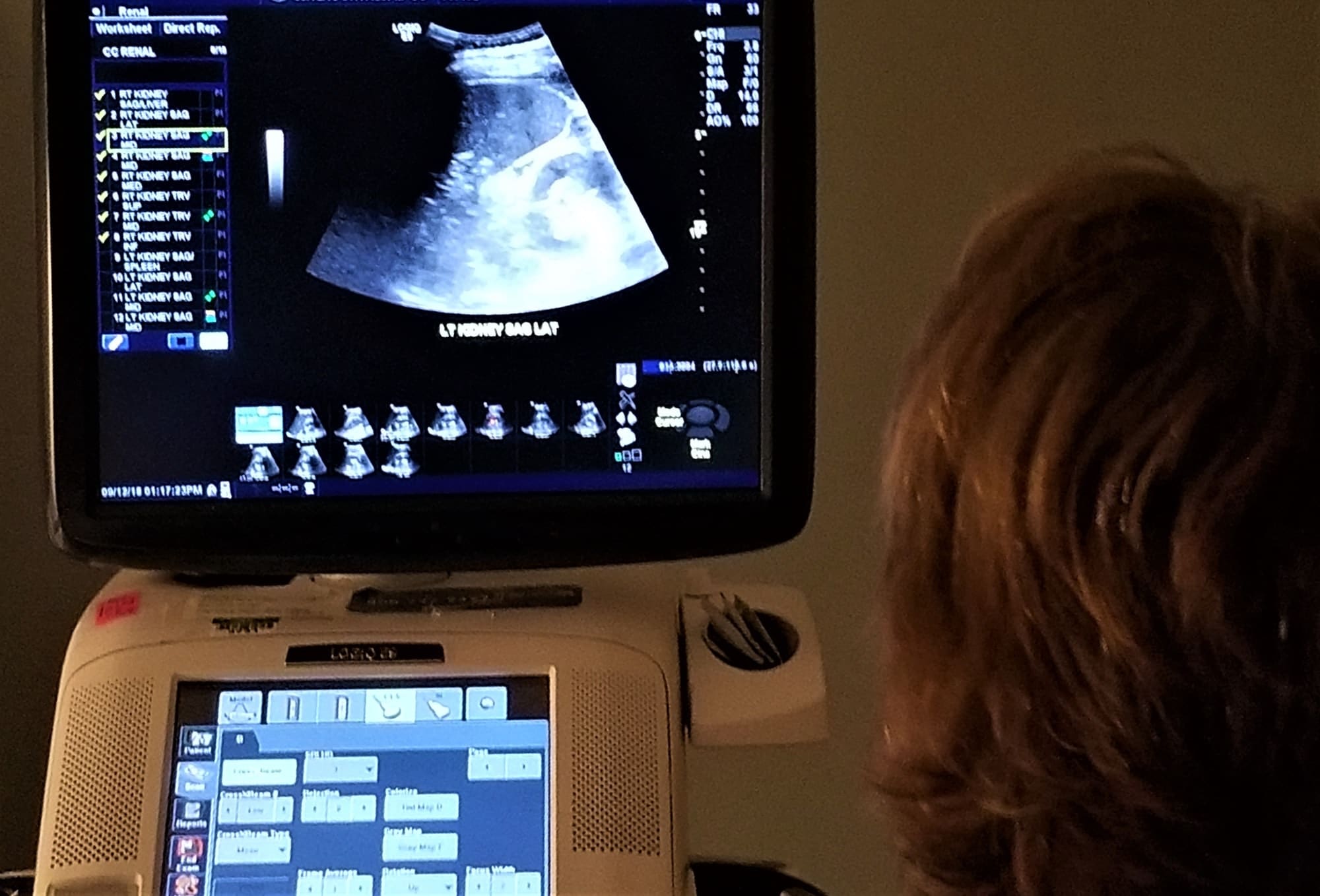Kidney stones form in the kidneys, then pass through the urinary tract and, in many cases, are passed out of the body in the urine. These stones are formed from certain constituents of the urine and their movement within the urinary system can be extremely painful. Emergency room personnel often encounter patients suffering with the severe pain from this condition.
Treatment options depend on the size of the stone and its location in the urinary system. Treatments range from giving the suffering patient strong pain control medications while the patient passes the stone through the urinary system and/or medications to relax the urinary system allowing the stone to pass more easily through the urinary system. Small stones located in the lower third of the ureter require the use of a ureteroscope. Larger stones are removed using a surgical procedure called percutaneous nephrolithotomy.
Ureteroscopy: A ureteroscopy is a procedure in which no incision is made. Instead, the surgeon passes a small fiberoptic instrument called a ureteroscope through the urethra and bladder into the ureter. The surgeon then locates the stone and either removes it with a cage-like device or shatters it with a special instrument that produces a form of shock wave.
If the urologist determines the patient will not or should not pass the stone, he/she may elect to break up the stone for easier passage through the urinary system. One method of achieving this is extracorporeal shock wave lithotripsy in which sound waves are emitted to the kidney containing the stone which results in vibration of the stone to cause its breaking into smaller pieces.

